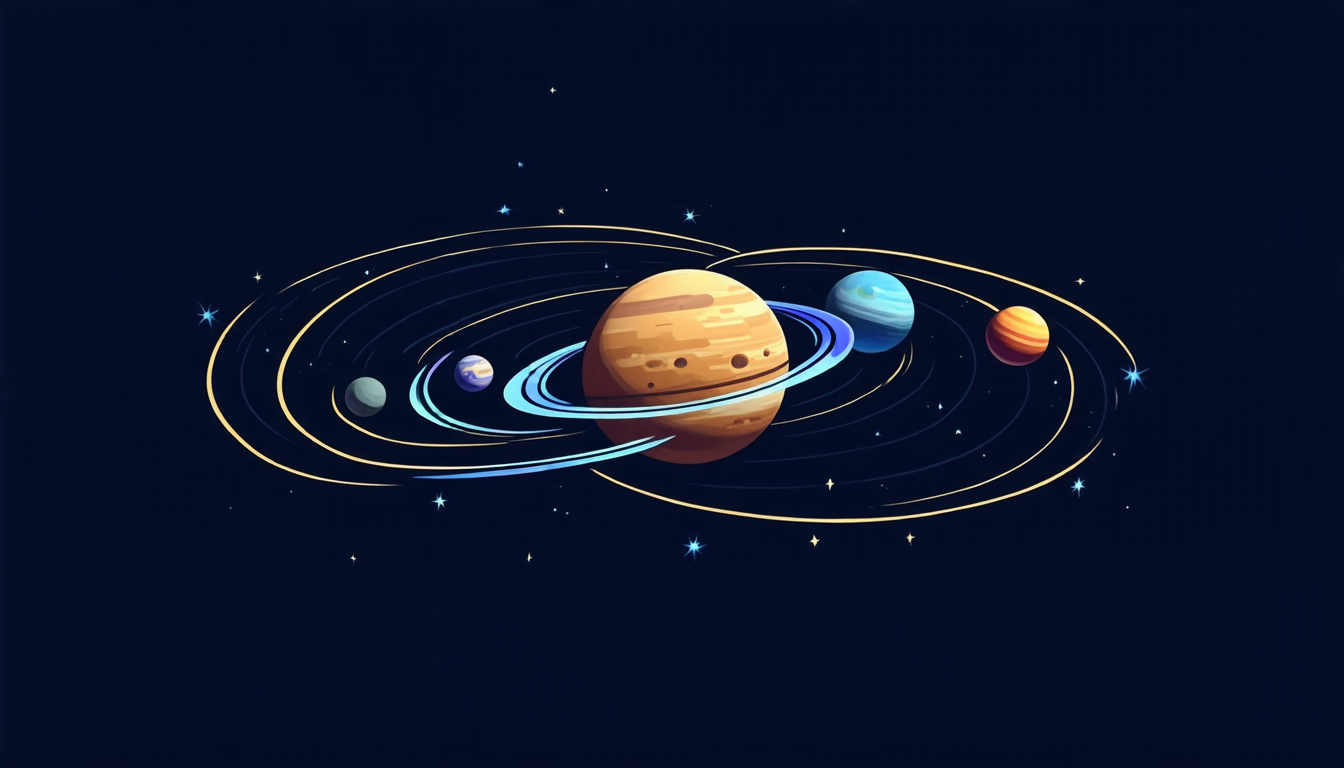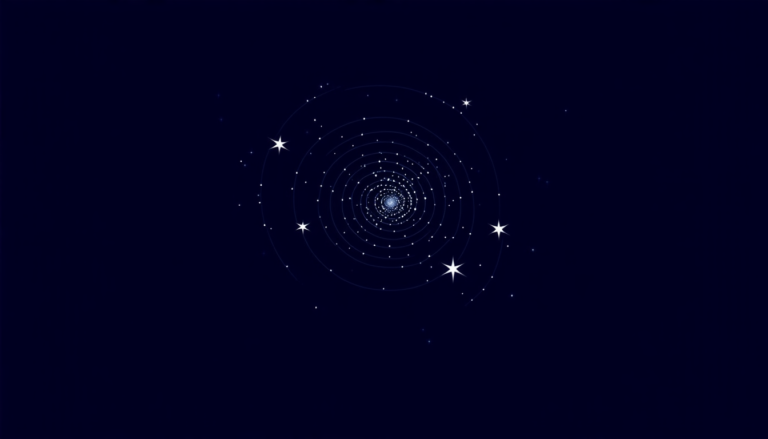Saturday 08 March 2025
Scientists have long been fascinated by the intricate dance of celestial bodies in our solar system, and a recent study has shed new light on the complex dynamics at play.
Researchers have been studying the H´enon-Heiles Hamiltonian, a mathematical model that describes the motion of particles under the influence of gravitational forces. The model is particularly useful for understanding the behavior of planetary systems, where multiple bodies interact with each other in intricate ways.
In their study, scientists used advanced computer simulations to explore the dynamics of the H´enon-Heiles Hamiltonian over a range of parameters. They found that as the strength of the gravitational forces increased, the system became increasingly chaotic and unpredictable. This is because small changes in initial conditions can lead to drastically different outcomes, making it challenging to accurately predict the motion of celestial bodies.
The researchers also discovered that chaos arises from resonance overlap, where the frequencies of the particles’ orbits begin to harmonize with each other. This overlap leads to a cascade of complex behaviors, including the emergence of new periodic orbits and the destruction of existing ones.
One of the most striking findings was the appearance of homoclinic and heteroclinic intersections between the asymptotic curves of different periodic orbits. These intersections are like turning points in the motion of celestial bodies, where they suddenly change direction or speed. The researchers found that these intersections play a crucial role in generating chaos and unpredictability.
The study has significant implications for our understanding of planetary systems and the behavior of celestial bodies. It highlights the importance of considering complex dynamics and resonance overlap when modeling the motion of particles under gravitational forces.
In addition, the research provides new insights into the onset of chaos and the emergence of complex behaviors in physical systems. This knowledge can be applied to a wide range of fields, from astrophysics to climate science, where understanding chaos and complexity is crucial for predicting behavior and making accurate predictions.
Overall, this study represents an important step forward in our understanding of the intricate dynamics at play in celestial mechanics and the emergence of chaos in complex systems.
Cite this article: “Unraveling Chaos in Celestial Mechanics: New Insights into Planetary Systems Dynamics”, The Science Archive, 2025.
Celestial Mechanics, Hamiltonian, Gravitational Forces, Chaos Theory, Planetary Systems, Orbital Dynamics, Resonance Overlap, Homoclinic Intersections, Heteroclinic Intersections, Complexity Science.







